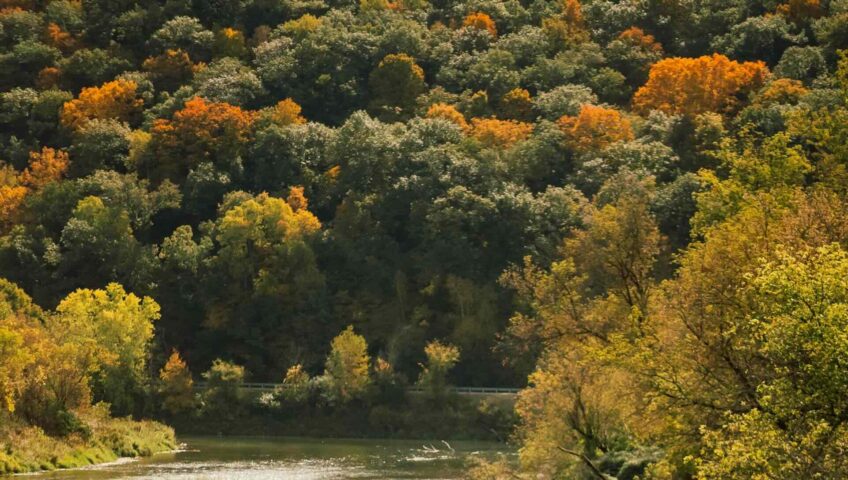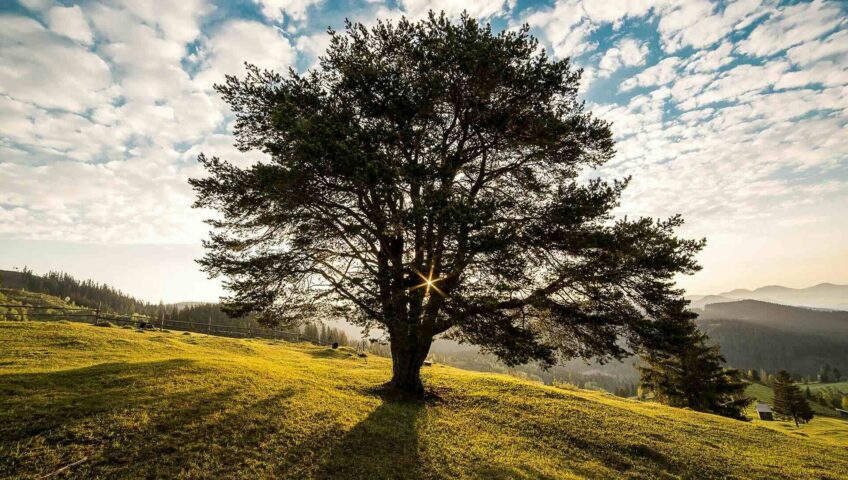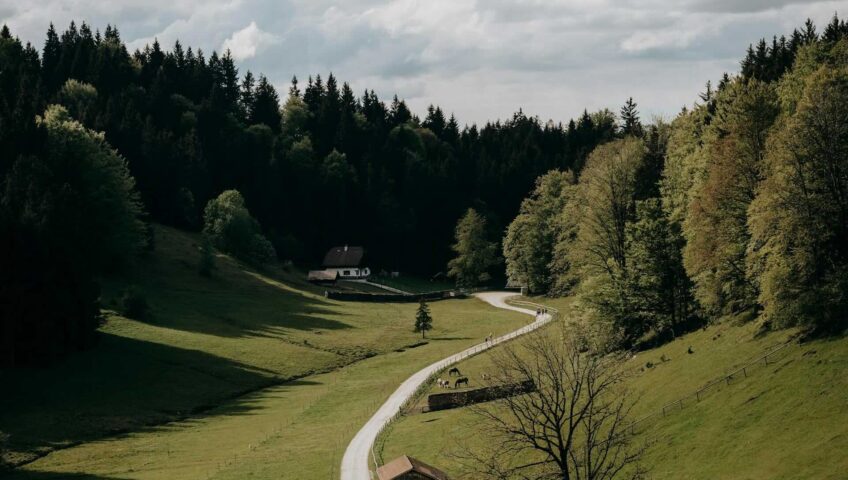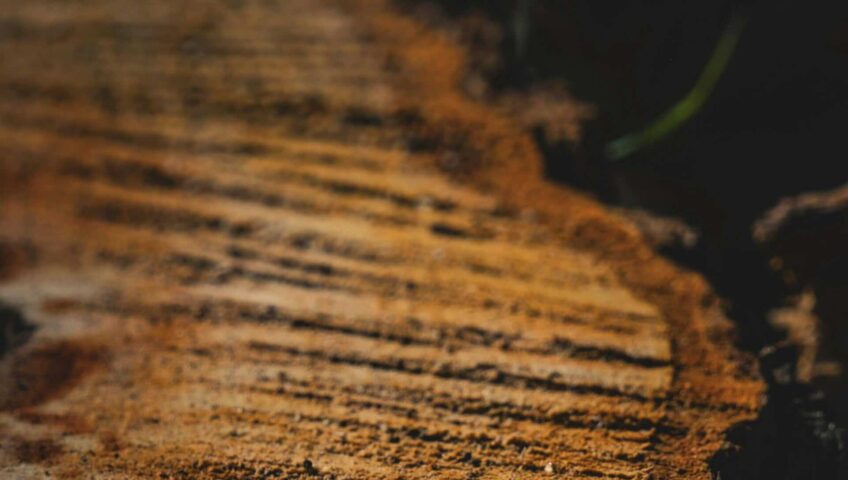Protecting Your Oak Trees from Oak Wilt in Western New York: Essential Tips for Youngstown, Lewiston, Niagara Falls, and Beyond
You can call or text us at: 716-273-5522
In the picturesque landscapes of Western New York, oak trees stand as timeless guardians of our properties, providing shade, enhancing property values, and supporting local ecosystems. From the neighborhoods of Youngstown and Lewiston to areas in Niagara Falls and Grand Island, these mighty oaks are more than just trees — they’re part of our heritage.
However, a silent threat looms: oak wilt disease, a devastating fungal infection that’s already claimed millions of oaks across the Midwest and South. Trees in critical threat areas like Youngstown, Lewiston, Niagara Falls, and Grand Island face heightened risks due to proximity to confirmed cases just across the border in Ontario, it’s crucial to act now. This guide explores the dangers of oak wilt, its impact on other communities as well including Wheatfield, North Tonawanda, Buffalo, Tonawanda, and Amherst, and how professional services like those from Saving Oaks can help protect your high-valued oak trees.
Understanding Oak Wilt: A Deadly Threat to Your Oak Trees
Oak wilt is caused by the fungus Bretziella fagacearum, which invades a tree’s vascular system, blocking the flow of water and nutrients. This leads to wilting leaves, rapid defoliation, and, in many cases, the death of the tree. Red oaks, such as northern red, pin, black, and scarlet varieties common in Western New York, are particularly vulnerable, with a nearly 100% mortality rate once infected. Death can occur in as little as a few weeks to months. White oaks, including white and bur varieties, show more resistance but can still succumb, especially without early intervention.
The disease has wreaked havoc in over two dozen states, decimating urban and rural landscapes alike. Now, Western New York is on the frontline, with the fungus spreading from nearby areas in Canada, including Niagara Falls and Niagara on the Lake, Ontario. If left unchecked, oak wilt could transform the tree-lined streets of Buffalo, the suburban havens of Amherst and Tonawanda, and the rural charm of Wheatfield and North Tonawanda into barren vistas. Protecting your oak trees isn’t just about aesthetics — it’s about preserving the environmental and economic value they bring to our communities.
How Oak Wilt Spreads: Key Risks in Critical Threat Areas
Oak wilt spreads in two primary ways, making prevention essential for high-risk zones like Youngstown, Lewiston, Niagara Falls, and Grand Island. Above ground, sap-feeding beetles carry the fungus from infected trees to healthy ones, often attracted to fresh wounds from pruning or storm damage. Below ground, it travels through interconnected root systems, allowing it to jump from tree to tree in densely planted areas. Human activities exacerbate the problem: moving infected firewood or using contaminated tools can introduce the disease to new locations.
In critical threat areas such as Youngstown and Lewiston, where proximity to the Niagara River increases exposure to cross-border spread, residents must be vigilant. Niagara Falls and Grand Island, with their mix of urban parks and residential lots, face similar dangers, as confirmed cases in Ontario signal an imminent threat. Even in surrounding communities like Wheatfield, North Tonawanda, Buffalo, Tonawanda, and Amherst, where oak trees grace backyards and public spaces, the disease’s trajectory suggests rapid expansion if not addressed. Avoid pruning oaks during spring and summer — the peak season for beetle activity — and always seal wounds immediately with latex paint, especially after storms. These simple steps can make a significant difference in safeguarding your property.
Spotting the Signs: Early Detection in Western New York Communities
Recognizing oak wilt symptoms early is vital for protection. Look for leaves wilting and turning bronze or brown from the edges inward, starting at the tree’s top. Rapid leaf drop, dark streaks under the bark, and fungal mats emitting a sweet, fruity odor are telltale signs. In red oaks, symptoms progress quickly, while white oaks may show slower decline.
For homeowners in Youngstown, Lewiston, Niagara Falls, and Grand Island — areas under critical threat — regular inspections are highly recommended. The same goes for Wheatfield’s farmland fringes, North Tonawanda’s residential zones, Buffalo’s historic districts, Tonawanda’s suburban streets, and Amherst’s upscale neighborhoods. If you suspect infection, act fast. If a red or pin oak gets infected, there is no cure and the tree will die swiftly. It is important to cut those trees down immediately. White oaks are more resistant but can get infected too. Treatments with fungicide injections can help. Prevention is the key!
Prevention Strategies: Vaccinate Your Oak Trees Today
The most effective way to protect your high-valued oak trees is through preventative vaccination, a service expertly provided by Saving Oaks. This involves professional injections of a specialized fungicide that reduces infection risk or slows disease progression if exposure occurs. Treatments are recommended every 2 to 3 years, depending on threat levels, and are priced affordably at $14 per inch of trunk width (e.g., $280 for an oak tree that has a trunk that is 20 inches wide four feet above the ground) with discounts for treating multiple trees at once.
In critical areas like Youngstown, Lewiston, Niagara Falls, and Grand Island, where the disease is knocking at the door, vaccination is a proactive investment. Residents in Wheatfield, North Tonawanda, Buffalo, Tonawanda, and Amherst should also consider it, as the fungus’s spread knows no boundaries. Compared to tree removal costs, which can soar into thousands of dollars, vaccination is a cost-effective shield. We are a New York State DEC registered, licensed, and insured business based in Lewiston, specializes in this service, ensuring your oaks remain healthy and vibrant.
Additional tips include cleaning tools between trees, avoiding infected firewood transport, and planting diverse species to reduce root graft risks. By adopting these practices, you contribute to a healthier Western New York ecosystem.
The Benefits of Protecting Your Oak Trees: Economic and Environmental Wins
Healthy oak trees boost property values by up to 20% in areas like Amherst and Buffalo, where mature trees are prized features. They provide essential shade, reduce energy bills, and support wildlife, from birds to squirrels. In communities like Grand Island and Niagara Falls, oaks enhance tourism appeal, while in rural spots like Youngstown and Wheatfield, they maintain agricultural integrity.
Losing oaks to wilt not only diminishes beauty but incurs hefty removal and replacement costs. By partnering with us, you’re investing in long-term savings and sustainability. Our mission aligns perfectly with our region’s needs: “Healthy Oaks, Happy Folks!” — a reminder that protected trees lead to thriving communities.
Act Now: Save Your Oak Trees Before It’s Too Late
Don’t wait for oak wilt to strike your property in Youngstown, Lewiston, Niagara Falls, Grand Island, Wheatfield, North Tonawanda, Buffalo, Tonawanda, or Amherst. Call or text us today at 716-273-5522 to get a quote or to schedule a vaccination to protect your high-valued oak trees. And don’t forget to share this information with neighbors because collective action can halt the spread. Remember, prevention is key: Save your oaks before it’s too late!





